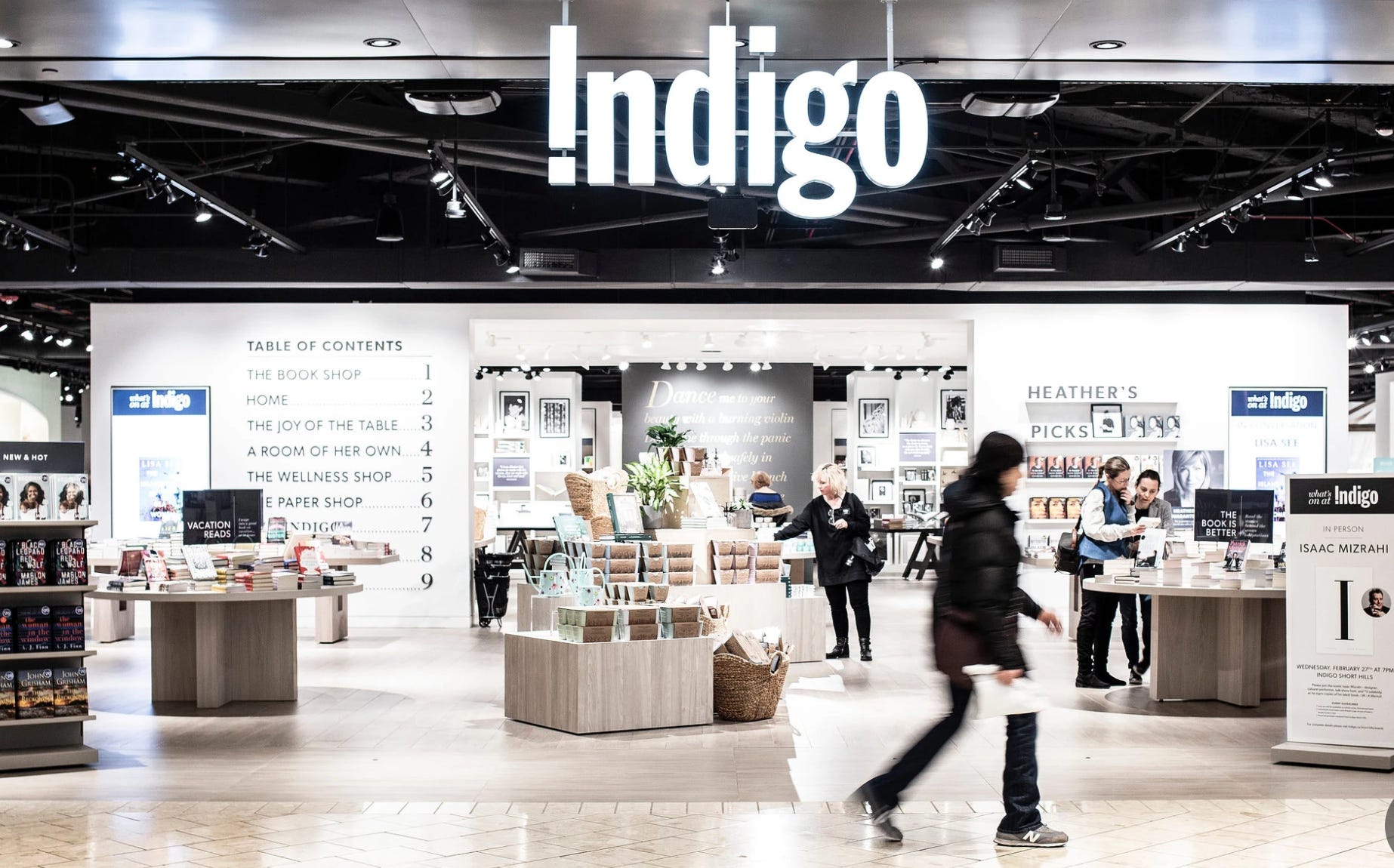Chapters and Indigo, two of Canada’s largest bookstore chains, have undergone significant branding transformations over the years. Indigo Books & Music Inc., which owns both the Chapters and Indigo brands, has crafted a unique branding strategy to adapt to changes in consumer behavior and the evolving retail landscape. Naturally as an avid book reader I had to choose Indigo for my first in-depth look at various brand’s their branding strategy.

1. Transformation from Bookstore to “Cultural Department Store”
Indigo has moved beyond being just a bookstore to become a “cultural department store” for book lovers. This transformation is a core element of their branding strategy:
- Expansion of Product Categories: Indigo now offers a variety of non-book items, including home decor, wellness products, gifts, toys, and lifestyle products. This shift was a strategic response to declining physical book sales and increasing competition from online retailers like Amazon.
- Curated Experience: The company emphasizes a curated shopping experience, where each store layout and product selection is carefully chosen to appeal to their target market of educated, middle to upper-middle-class women. They aim to create an experience rather than just a shopping trip.

2. Experiential Retail
Indigo focuses on creating a differentiated in-store experience:
- Cafés and Seating Areas: Many Indigo stores have Starbucks cafés or in-house coffee shops, creating a social hub for customers. Comfortable seating areas also encourage customers to spend more time in-store.
- In-Store Events: Indigo hosts a variety of events, such as book signings, author meet-and-greets, and children’s storytime sessions. This focus on community engagement builds brand loyalty and drives foot traffic.

3. Digital Integration and E-Commerce
- Omnichannel Strategy: Indigo integrates its online and offline channels seamlessly. Their website offers a wide selection of books and lifestyle products, with options for in-store pickup, home delivery, and easy returns.
- Mobile App and Loyalty Program: Indigo’s app and their “Plum Rewards” loyalty program are key parts of their digital strategy. The program offers personalized promotions, member discounts, and points that can be redeemed for future purchases, fostering customer retention and loyalty.

4. Emotional Branding and Storytelling
- Core Values: Indigo positions itself as a brand that promotes well-being, learning, creativity, and connection. They have a strong emotional appeal to customers who value intellectual growth and personal development.
- Visual Storytelling: Their visual branding—both online and in-store—relies heavily on aesthetics that evoke warmth, sophistication, and a love for reading and lifestyle. Indigo’s social media platforms use storytelling to build emotional connections with their audience.

5. Collaborations and Exclusive Partnerships
- Exclusive Products: Indigo frequently collaborates with brands to offer exclusive merchandise, from journals and stationery to unique home decor items. These partnerships differentiate Indigo from competitors and offer unique value to customers.
- Canadian Focus: Indigo emphasizes Canadian culture and literature, often spotlighting local authors and products, which helps foster a sense of national pride and appeal to Canadian consumers.
Chapters and Indigo’s branding strategy is a dynamic and adaptive approach that goes beyond selling books. By focusing on experiential retail, emotional branding, and an omnichannel presence, Indigo has effectively positioned itself as a cultural and lifestyle destination. This strategy has enabled them to stay competitive and relevant in an ever-evolving retail landscape.

